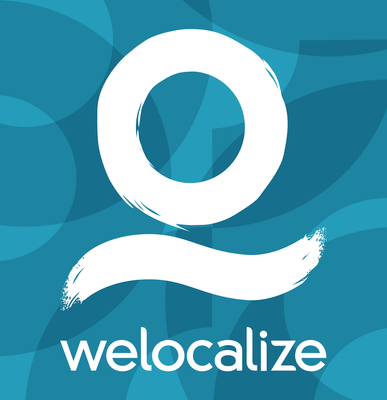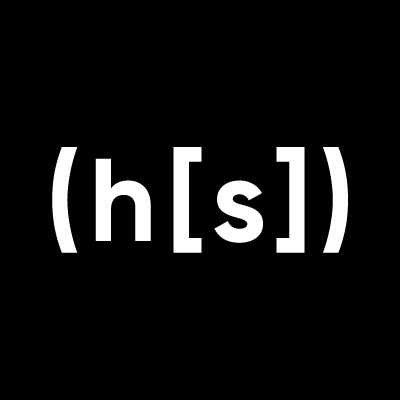Sodium Hypochlorite Market Global Outlook and Industry Dynamics
Data Bridge Market Research analyses that the sodium hypochlorite market which was USD 244.49 million in 2022, will reach USD 366.77 million by 2030, and is expected to undergo a CAGR of 5.2% during the forecast period.
Introduction
Sodium hypochlorite market is an inorganic chemical compound with the formula NaOCl. It is most commonly used in household bleach, disinfectants, water treatment, and industrial cleaning solutions. It is known for its strong oxidizing properties and broad-spectrum antimicrobial activity. Sodium hypochlorite plays a crucial role in sanitation, especially in healthcare, municipal water supply systems, food processing, and chemical manufacturing. Its widespread use and economic viability have made it an essential chemical in both developed and developing economies.
Market Size
Data Bridge Market Research analyses that the sodium hypochlorite market which was USD 244.49 million in 2022, will reach USD 366.77 million by 2030, and is expected to undergo a CAGR of 5.2% during the forecast period. “ Food Grade” dominates the agriculture type segment of the sodium hypochlorite market as sodium hypochlorite is widely used as a biocide and pulp digestion chemical . In addition to the insights on market scenarios such as market value, growth rate, segmentation, geographical coverage, and major players, the market reports curated by the Data Bridge Market Research also include in-depth expert analysis, geographically represented company-wise production and capacity, network layouts of distributors and partners, detailed and updated price trend analysis and deficit analysis of supply chain and demand.
For more information:
https://www.databridgemarketresearch.com/reports/global-sodium-hypochlorite-market
Market Share
The sodium hypochlorite market is moderately fragmented with several international and regional players. Key companies include Olin Corporation, Occidental Petroleum Corporation, BASF SE, Arkema Group, INEOS Group, and Solvay S.A. These manufacturers collectively hold a significant portion of the market share due to large-scale production capacities and strong global distribution networks.
Water treatment accounts for the largest application segment, followed by household cleaning products, healthcare disinfectants, and industrial processing. Municipalities and public utilities are the primary consumers, using sodium hypochlorite to disinfect drinking water and treat wastewater. Institutional cleaning and laundry services also represent a growing share due to hygiene regulations and increased sanitation awareness.
Market Trends
The rise in demand for safe drinking water is a major trend. With growing urbanization and water scarcity, governments are investing in water purification systems that rely heavily on sodium hypochlorite for microbial control. This trend is particularly strong in countries with inadequate water infrastructure.
The growth of the healthcare and hygiene sector is contributing to higher consumption of sodium hypochlorite. Hospitals, clinics, and laboratories use it extensively for surface disinfection and sterilization. During disease outbreaks and pandemics, demand spikes due to emergency sanitation needs.
The expansion of industrial manufacturing and chemical processing plants is increasing usage of sodium hypochlorite as a bleaching and oxidizing agent. Industries such as paper, textiles, and food processing use it in various applications, from product whitening to microbial decontamination.
Sustainability concerns are influencing production processes. Manufacturers are adopting eco-friendly methods to reduce environmental impact. The shift toward green chemistry and closed-loop systems is gaining popularity. Regulatory compliance related to chlorine content and effluent discharge is also shaping production standards.
Automation and digital monitoring are being integrated into sodium hypochlorite dosing systems. Smart water treatment technologies are improving precision, reducing chemical waste, and ensuring optimal disinfection levels. These systems are especially useful in municipal water plants and industrial settings.
The Evolution
The sodium hypochlorite market has evolved from basic household cleaning to a critical component of global hygiene and sanitation infrastructure. Initially, sodium hypochlorite was used primarily as a bleaching agent. Over time, its potent disinfectant properties led to widespread adoption in public health and water safety.
The mid-20th century saw a surge in demand due to urbanization and industrialization. Cities began implementing sodium hypochlorite-based water treatment systems to combat waterborne diseases. Its use expanded further into hospitals and laboratories as an effective biocide.
With the emergence of new infectious diseases and the COVID-19 pandemic, sodium hypochlorite regained global attention as a front-line disinfectant. The pandemic created a spike in production and consumption as governments and private sectors rushed to enhance sanitation measures.
The evolution also includes advancements in formulation and storage stability. Sodium hypochlorite’s reactive nature posed challenges in the past. Innovations in chemical stabilizers and packaging have improved shelf life and safety during transportation. Today, liquid sodium hypochlorite is stored and distributed in large-scale containers with built-in safety features.
Factors Driving Growth
Rising global population and urban development are increasing the need for clean water and sanitation. Sodium hypochlorite is a reliable and cost-effective solution for large-scale water disinfection. Municipalities, especially in developing countries, are adopting it to improve public health outcomes.
Stringent hygiene regulations across industries are fueling demand. Food and beverage processing, pharmaceuticals, and healthcare sectors must comply with safety and cleanliness standards. Sodium hypochlorite is approved by health agencies like the EPA and WHO, making it a preferred disinfectant.
Heightened awareness of infectious disease prevention is influencing purchasing decisions. Households, commercial spaces, and transportation hubs are investing in disinfectant solutions. This behavioral shift is supporting consistent market demand beyond industrial applications.
Environmental disasters and natural calamities are increasing the reliance on emergency water purification methods. Sodium hypochlorite is included in disaster response kits due to its ability to disinfect contaminated water quickly. Relief agencies stockpile the chemical for use during floods, hurricanes, and refugee crises.
Technological innovations in chemical dosing and monitoring systems are improving efficiency. Modern treatment plants use automated sodium hypochlorite injection systems to ensure accurate dosage and compliance with safety standards. This innovation reduces human error and operational costs.
Cost advantages over alternative disinfectants are driving its adoption. Sodium hypochlorite is widely available, easy to produce, and effective at low concentrations. Compared to ozone or UV treatment systems, it requires less upfront investment, making it suitable for small-scale operators and municipal systems with limited budgets.
Government policies and infrastructure investments are contributing to long-term market growth. Public-private partnerships are funding water sanitation projects in developing regions. These projects often use sodium hypochlorite due to its established safety record and scalability.
Growing export markets are expanding the geographic reach of sodium hypochlorite producers. Manufacturers in the US, Europe, and China are shipping bulk chemicals to Africa, Southeast Asia, and Latin America. Rising trade volumes are encouraging investments in logistics and production facilities.
Browse Trending Reports:
Electrical Insulation Tape Market
Agrigenomics for Livestock Market
Composite Coatings Market
Refrigerant Market
Small-Scale Liquefied Natural Gas (LNG) Market
Neural Network Software Market
Emergency Medical Service (EMS) Products Market
Logistics Automation Market
Atomic Layer Deposition Market
Occupational Therapy Market
Automotive Drive Shaft Market
Allograft Market
Contact Us:
Data Bridge Market Research
US: +1 614 591 3140
UK: +44 845 154 9652
APAC : +653 1251 975





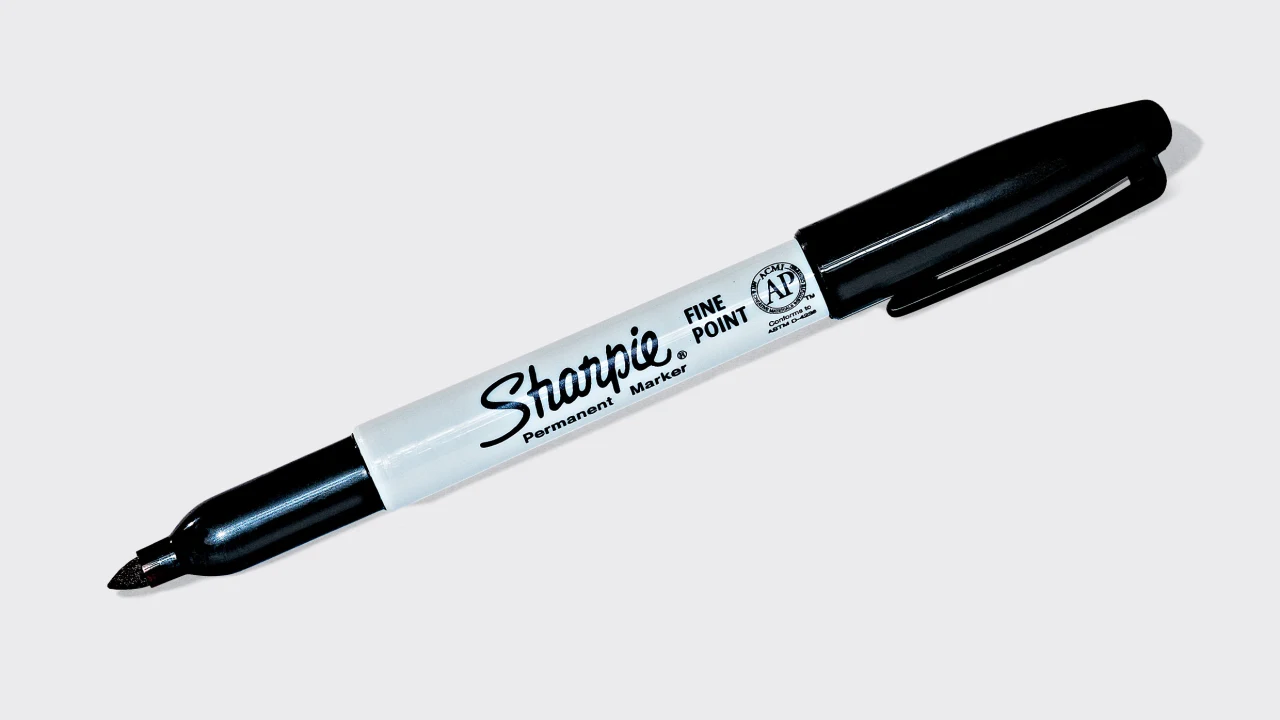





























































![https //g.co/recover for help [1-866-719-1006]](https://newsquo.com/uploads/images/202506/image_430x256_684949454da3e.jpg)




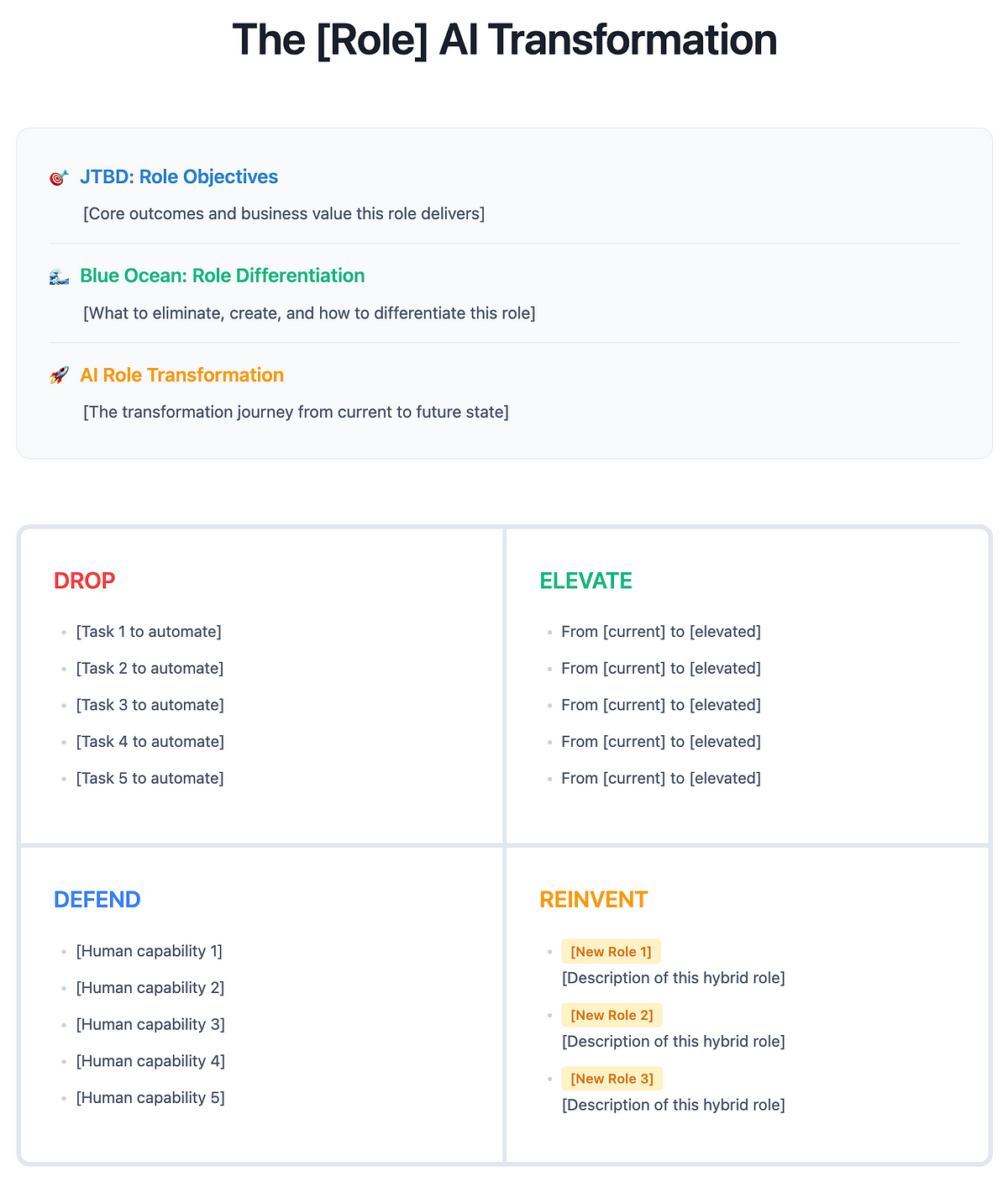

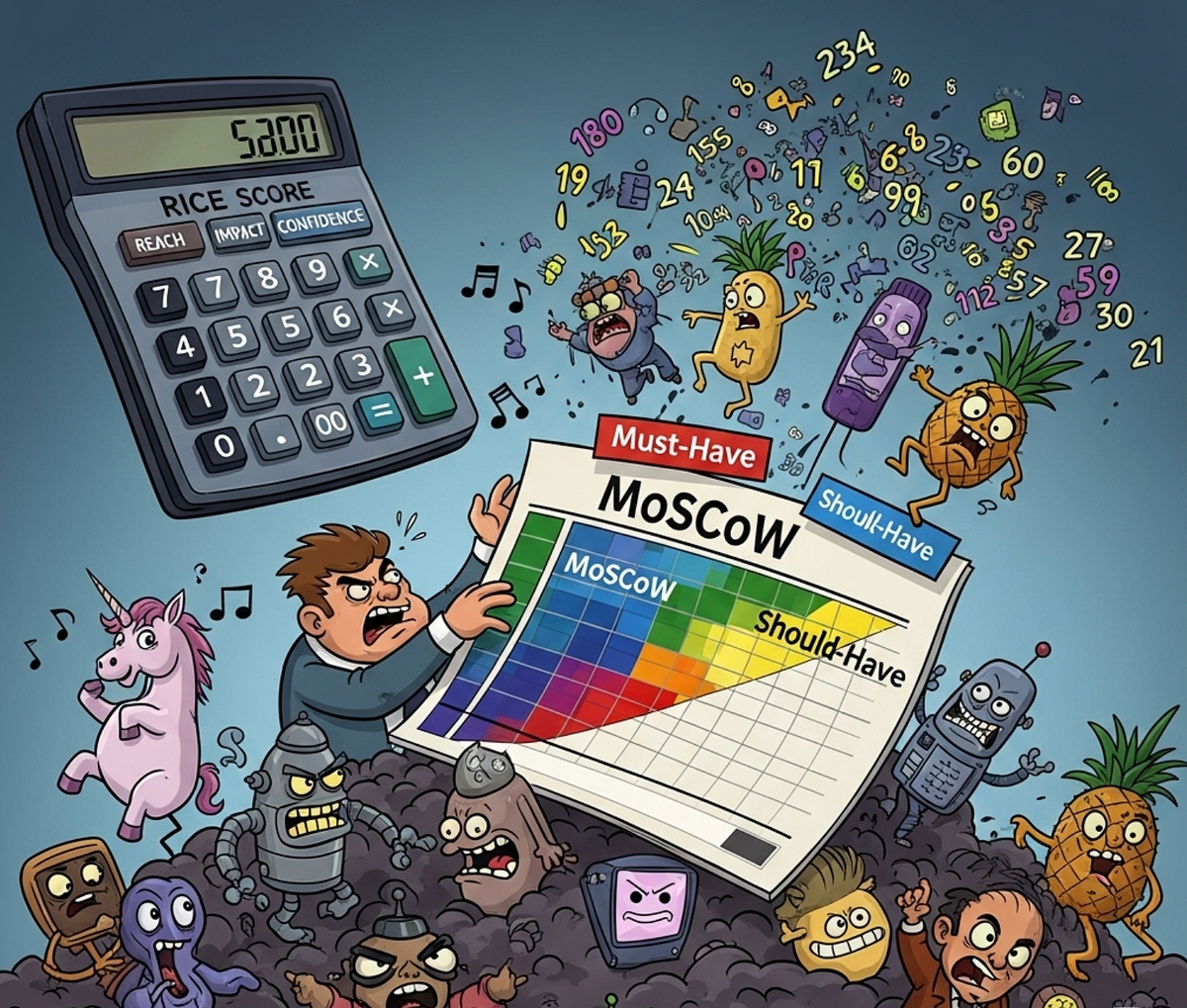

















![How Smart PMs Scale Their Careers in Any Org [TPG Live Recap]](https://tpgblog.com/wp-content/uploads/2025/06/2025-06-12-thumbnail-action.png?#)
































